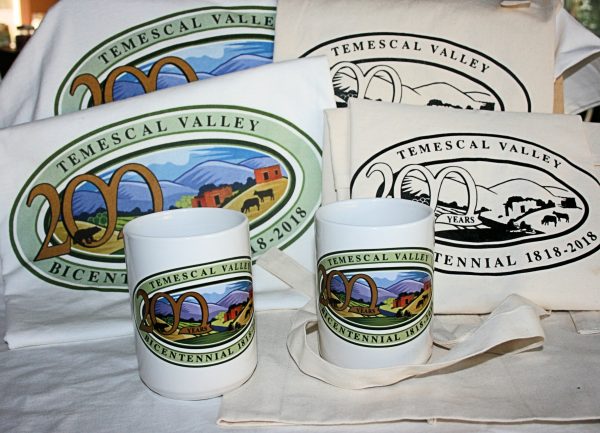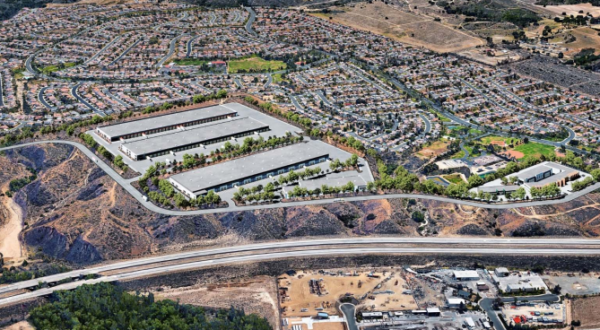
(Published November 2023)
Fewer buildings, more open space for industrial park
By Kelli Noss
Horsethief Canyon Ranch resident
Lance Retuya, project manager with T&B Planning, in October presented the proposed changes to the Renaissance Ranch Commerce Center to the We Are Temescal Valley Development Committee in response to the community and county’s comments on the updated Environmental Impact Report.
The report, published in June 2022 and closed to public comments in August 2022, laid out the changes proposed to the Specific Plan to replace the 355-home development approved in 2005 with a mixed-use project featuring a business park, industrial complex, and conservation habitat. The project, owned by Richland Communities, is adjacent to the Horsethief Canyon Ranch community.
The current updates to the project include a reduction in the industrial complex footprint and, instead, boosting conservation habitat space an additional 33 acres, from 25.3 acres to 58.6 acres. In doing so, the project will reduce the footprint of the light industrial complex from 97.2 acres to 65.6 acres.
The reduction also allows the project to drop the proposed outlet at Bolo Court — a cul-de-sac on the southern end of the community – which was hotly contested by residents. The second emergency exit would be a double-gated emergency access point only at the outlet on Calendula Street. The proposed business park off Horsethief Canyon Road will remain the same as proposed in the Environmental Impact Report. The proposed business park off Horsethief Canyon Road will remain the same as proposed in the Environmental Impact Report.
According to Retuya, the current proposed Specific Plan Amendment boasts several benefits to the adjacent community. The proposal includes the installation of three traffic signals: one at Horsethief Canyon Road and Street “A” at the entrance to the project, Horsethief Canyon Road and De Palma Road, and at Horsethief Canyon Road and Temescal Canyon Road.
$383,000 in pre-paid Quimby development fees will be reallocated toward other public benefits in the area. Richland Communities also will pay about $428,000 toward the acquisition of a ladder truck to be used in the immediate area. Richland also contributed $5 million toward the upgrade of the Horsethief Canyon Water Reclamation facility and $4.75 million in Transportation Uniform Mitigation Fees.
The next step for the project’s application will be the Specific Plan Public Hearing for the draft report followed by the finalization of the Draft Environmental Impact Report, currently aimed for this month. A proposed Plot Plan is currently under county review. Once the Draft Final Environmental Report is complete, there will be several additional hearings through 2024 which will allow for additional community comments and input.
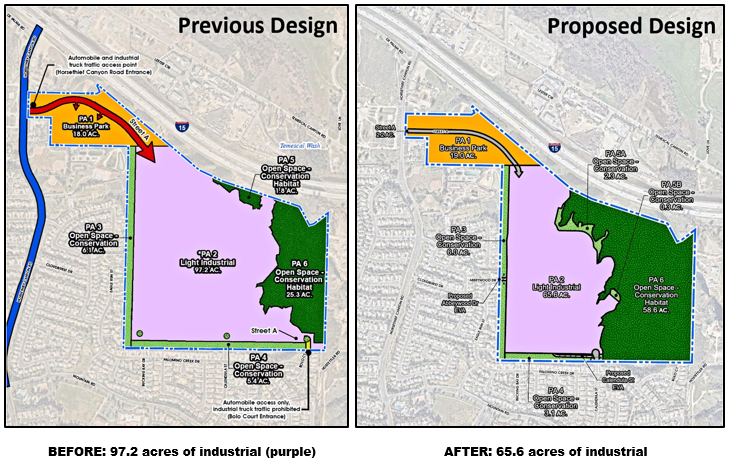
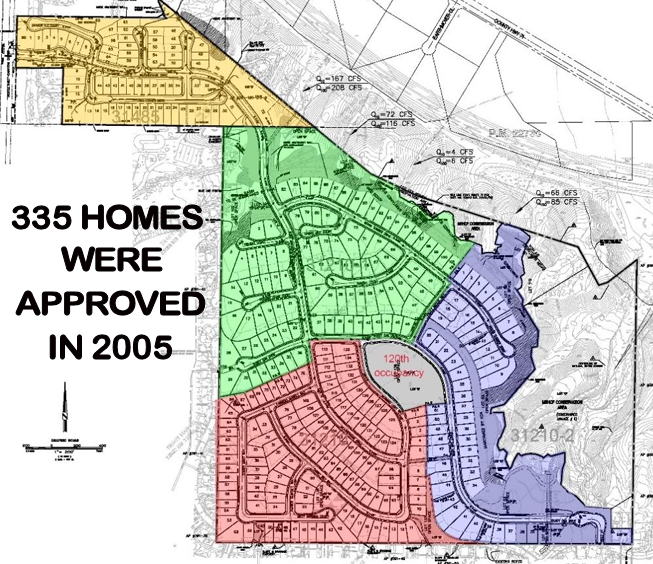
(Published June 17, 2022)
Developer favors commerce center over 355 homes
A Draft Environmental Impact Report for the proposed 157-acre Renaissance Ranch Commerce Center adjacent to Horsethief Canyon Ranch is ready for public review and comment.
There’s an Aug. 12 deadline for comments and they can be emailed to county Planner Russell Brady, rbrady@rivco.org
Plans for the project were presented at a Temescal Valley Municipal Advisory Council meeting in March 2021. Owned by Richland Communities, the center would replace the 355-home development approved for that acreage in 2005. Eighteen acres would be devoted to a business park and 97.2 acres to light industrial and the remaining 38.6 acres would be undeveloped and set aside as open space and conservation habitat. The concept would be similar to the Wildrose Business Park where Hunnys Café is located.
Next step in the process will be a public hearing at a county Planning Commission meeting and, if commissioners recommend approval, the final step will be a hearing at a Board of Supervisors’ meeting. The public will be able to make comments prior to both hearings, which are yet to be scheduled.
View the Draft Environmental Impact Report HERE
(Published March 2021)
Complex near Horsethief Canyon would combine small businesses and light manufacturing
Joel Morse of T&B Planning presented plans at the March Zoom meeting of the Temescal Valley Municipal Advisory Council for a 157-acre commerce center adjacent to the Horsethief Canyon Ranch community. The property is owned by Richland Communities.
Morse told the audience the proposed plan for the Renaissance Ranch Commerce Center replaces the 355-home development approved for that acreage in 2005. “We could start building homes tomorrow,” Morse said, “but we think a more beneficial use of the property is a combination of business park and light industrial buildings.”
The concept is similar to the Wildrose Business Park at 22420 Temescal Canyon Road which was built in 1999 and is the location of small businesses such as Hunnys Café and Citrus Cyclery, and light manufacturing companies such as Spectra Color.
Eighteen acres would be devoted to the business park and 97.2 acres to light industrial. Morse said the remaining 38.6 acres would be undeveloped and set aside as open space conservation and conservation habitat.
The center would be bordered by the I-15 freeway on the north and adjacent to Horsethief Canyon Ranch homes on the south and the west. The land to the east is undeveloped.
Because the county requires two points of access for all developments, Morse said the one street planned for the center, “A Street,” would connect from Horsethief Canyon Road on the north, through the project to Bolo Court on the south.
According to Morse, truck access to the center will be restricted to the Horsethief Canyon Road entrance, while Bolo Court will be limited to automobile access only. A roundabout will be constructed at Bolo Court to further discourage truck traffic.
A 10-foot-wide community trail will be included along the street to accommodate the county’s Community Trail system.
Morse said privacy issues for residents in homes along Eagle Run Street and Palomino Creek Drive were a major consideration in the design of the center. Large industrial buildings will have a minimum 300-foot setback from residential property lines. The maximum height for a building will be 60 feet, and to protect current residential views, industrial buildings will be constructed from 30 feet to 90 feet lower than adjacent homes, preserving the privacy for residents.
Additionally, Morse said, the center’s lighting will be designed to minimize glare into surrounding neighborhoods. Noise impacts will be reduced by the buildings being situated lower than the residences, the construction of six-foot walls and landscaping between the center and homes. Trucks will be prohibited from using backup alarms.
Morse told the audience the benefits the commerce center brings to Temescal Valley far outweigh the approved residential development which would put further pressure on county services for 355 more homes.
The center would provide local job opportunities and bring additional small businesses to the area as well as increase Temescal Valley’s sales tax base. Morse said the development is required to contribute funds for local road improvement and $5 million to upgrade the Elsinore Valley Municipal Water District’s Horsethief treatment plant. Compared to the homes, the center would place less demand on water and sewer services.
“An added benefit,” Morse said, “is that Bolo Court could serve as a shortcut to Horsethief Canyon Road for residents in that area.”
While the residential development received county approval in 2005, the commerce center has a long way to go. The project will require a Specific Plan which now is being prepared. It will require an Environmental Impact Report which, once drafted, will be available for public review and comments.
Next step in the entitlement process would be a public hearing at a county Planning Commission meeting and, if commissioners recommend approval, the final step will be a public hearing at a Board of Supervisors meeting where the five county supervisors will vote to either approve or deny the center.
Residents will be able to submit comments prior to or at the Planning Commission and Board of Supervisors meetings.
Supervisor Kevin Jeffries requires community outreach for all proposed projects in his district. Morse presented initial plans for the commerce center to the We Are Temescal Valley Development Committee in November 2019. He will be giving updates at future Municipal Advisory Council meetings and a special presentation for Horsethief Canyon Ranch residents also will be scheduled. The date for that presentation is yet to be established.

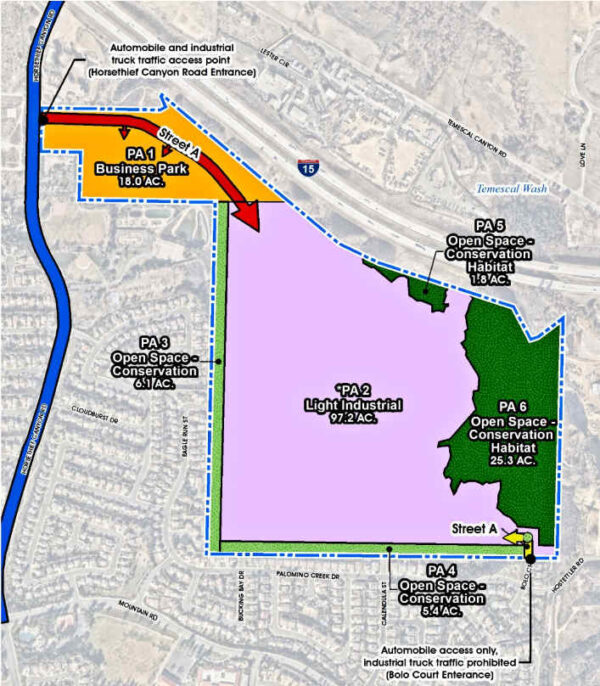
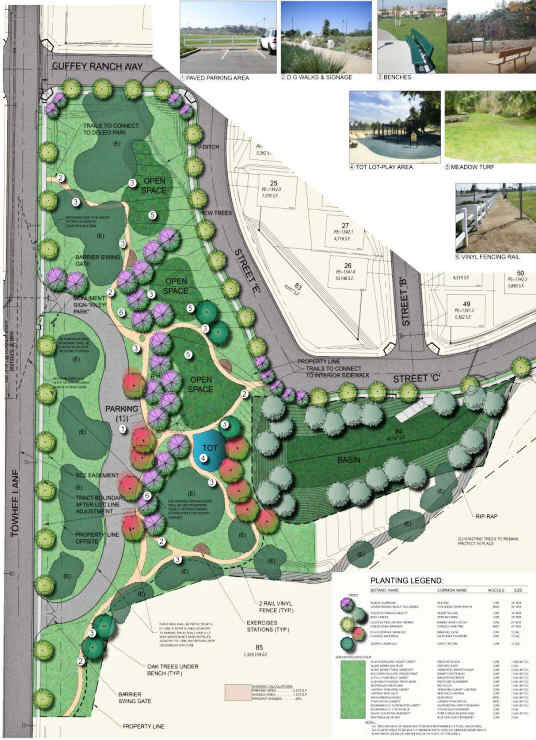
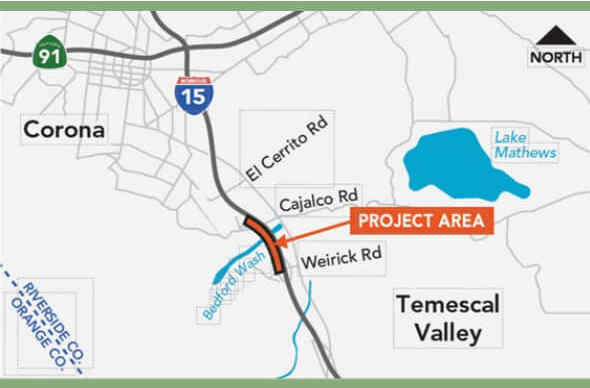
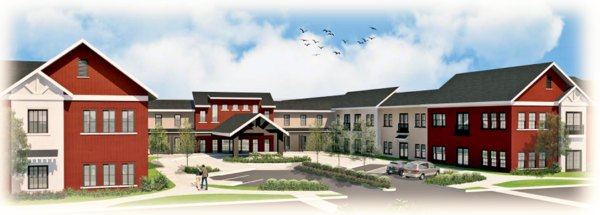
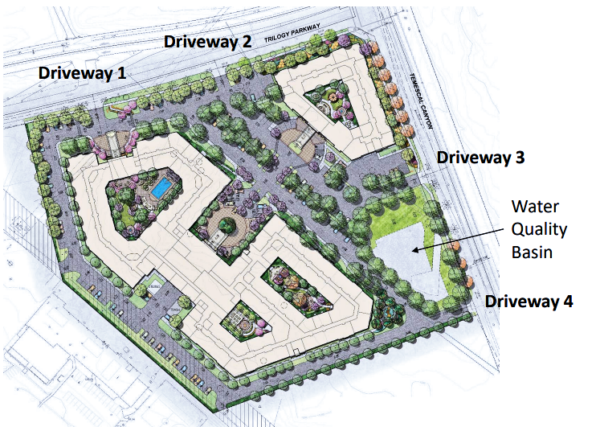
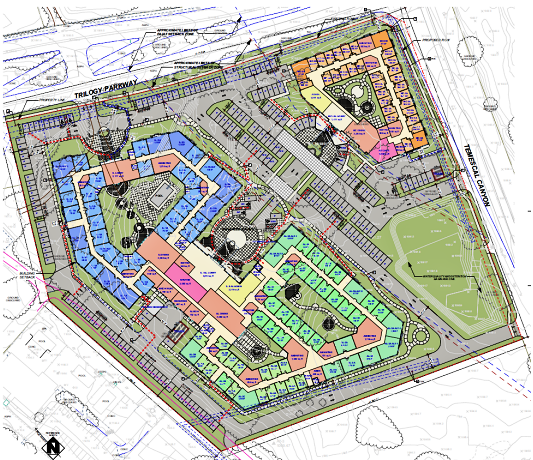
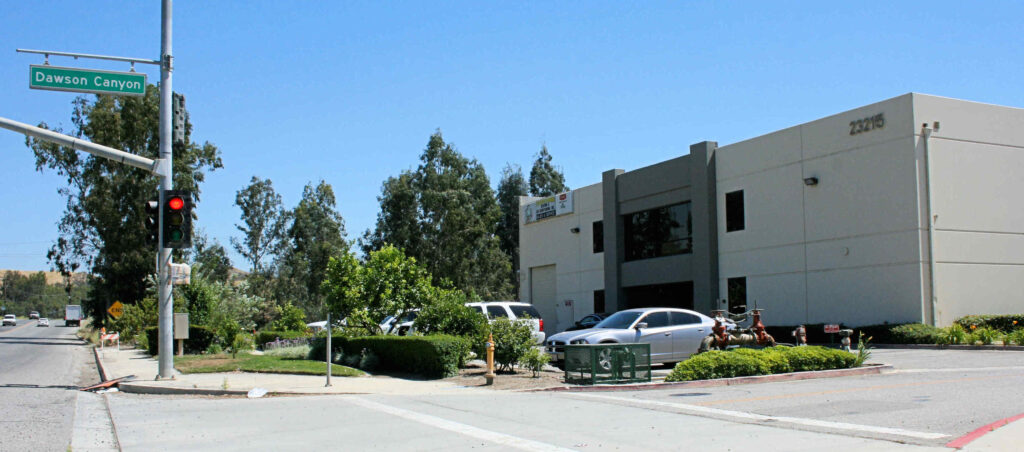





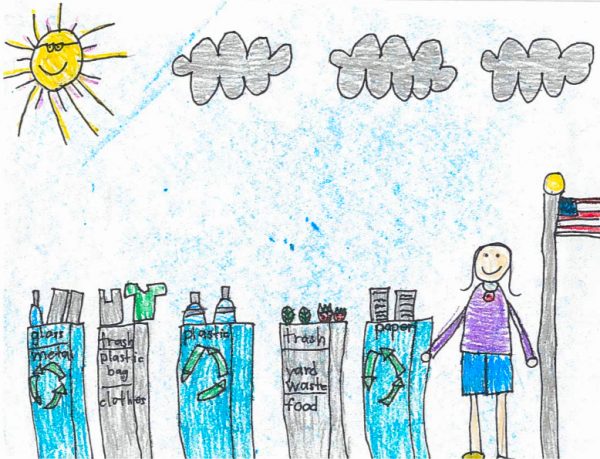
 May: Jeremy Fors-Chang, Luiseno School
May: Jeremy Fors-Chang, Luiseno School June: Rayce Anderson, Luiseno School
June: Rayce Anderson, Luiseno School July: Justin Mosley, Todd Academy
July: Justin Mosley, Todd Academy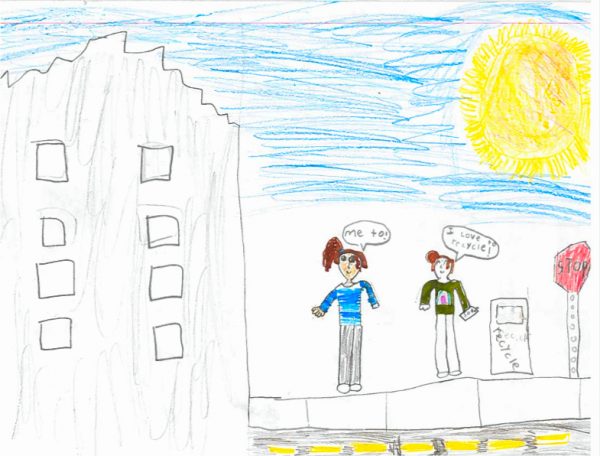 August: Mckenna Pallares, Temescal Valley Elementary School
August: Mckenna Pallares, Temescal Valley Elementary School

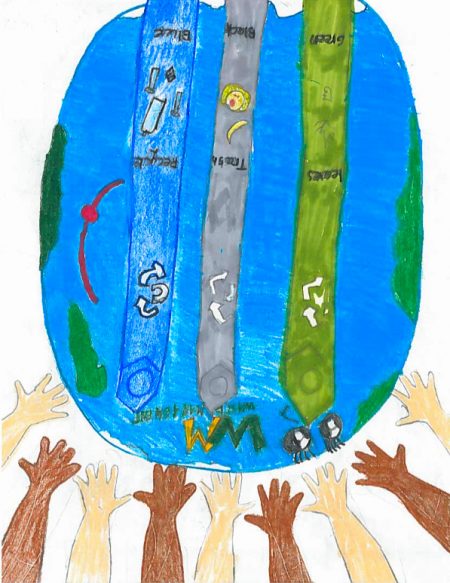
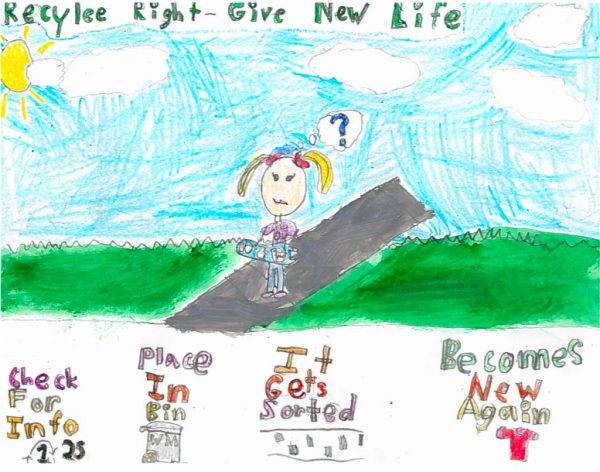
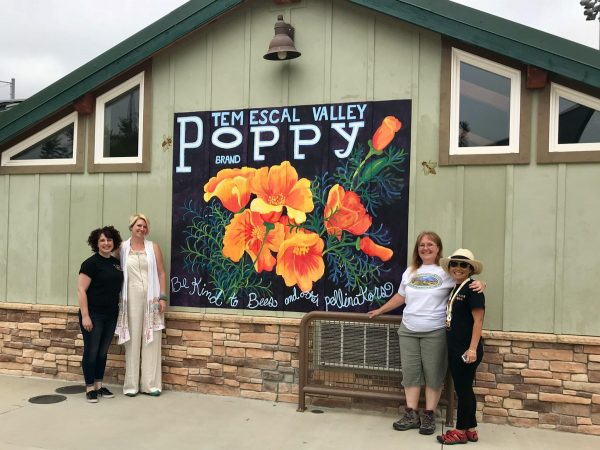 BE KIND TO BEES: The unveiling at the Faire in May of the mural painted on the Community Room at Deleo Park. Pictured, from left, Joan Tyler, El Cerrito Community Library; artist Kathryn Duncan; Tracy Davis, mural coordinator, and Nancy Reiter, Home Gardens Community Library.
BE KIND TO BEES: The unveiling at the Faire in May of the mural painted on the Community Room at Deleo Park. Pictured, from left, Joan Tyler, El Cerrito Community Library; artist Kathryn Duncan; Tracy Davis, mural coordinator, and Nancy Reiter, Home Gardens Community Library.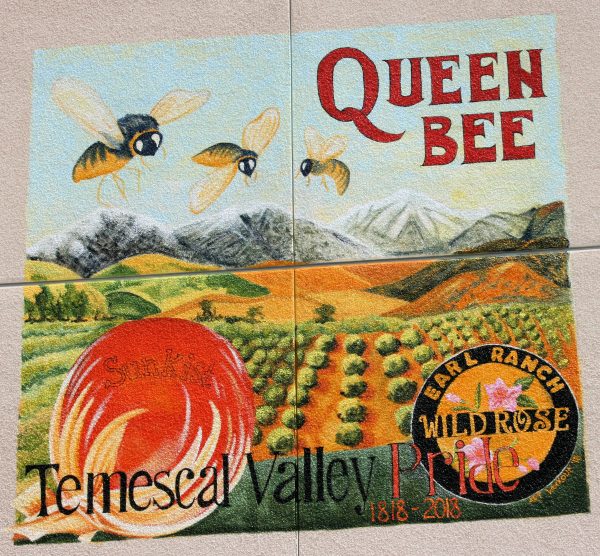
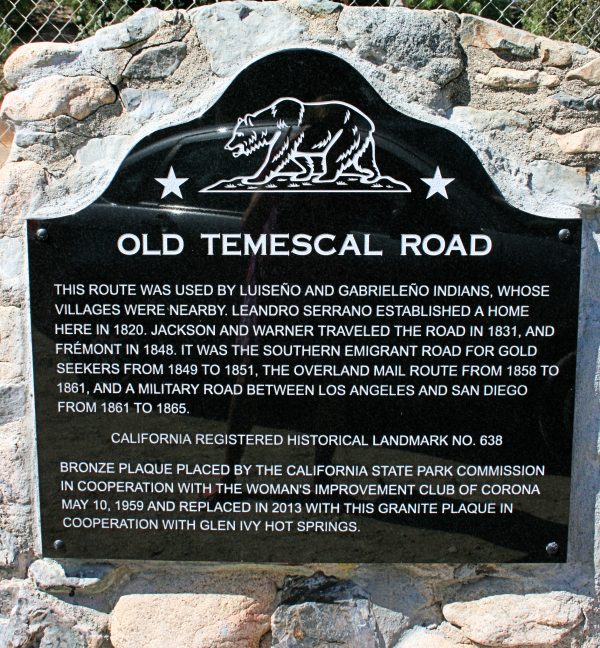 This landmark is on Temescal Canyon Road just south of Glen Ivy Road. Read about the re-dedication ceremony
This landmark is on Temescal Canyon Road just south of Glen Ivy Road. Read about the re-dedication ceremony 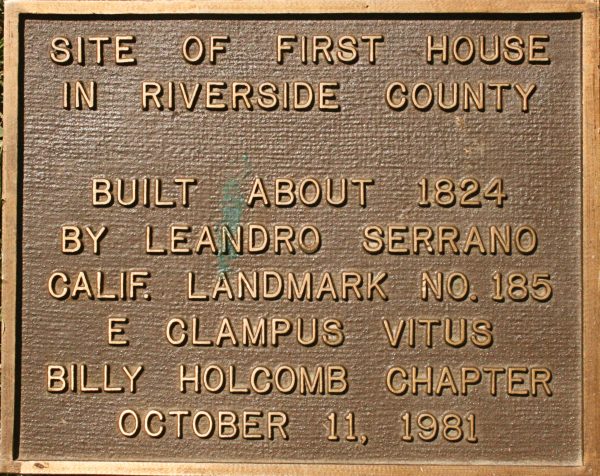
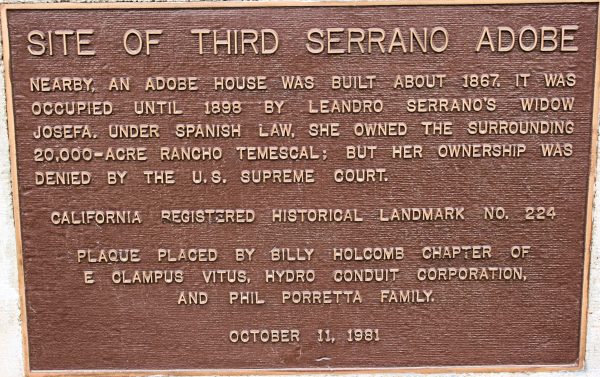
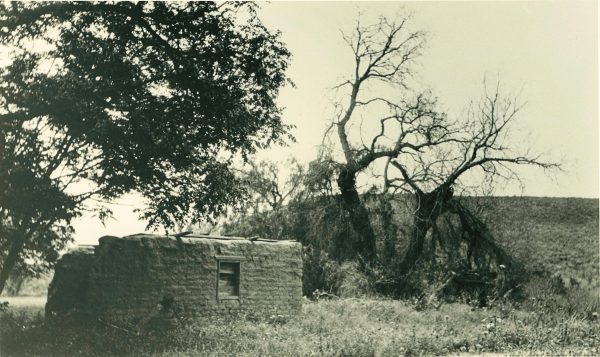
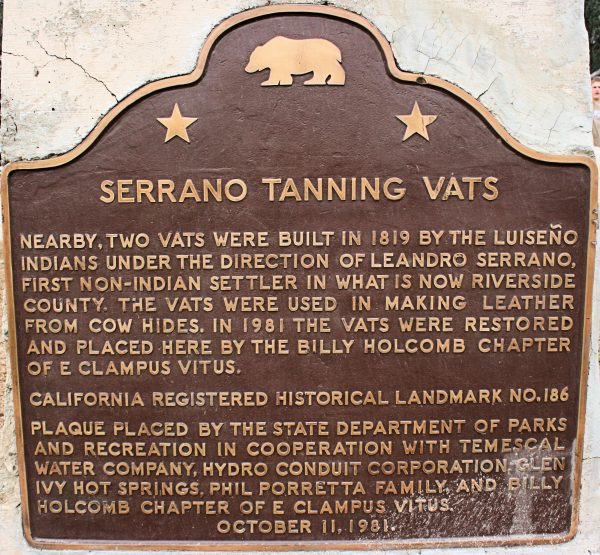
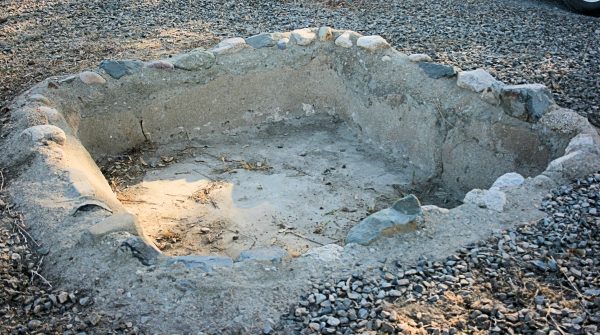
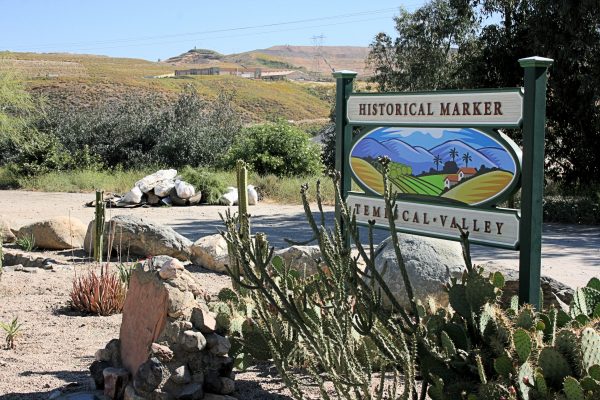
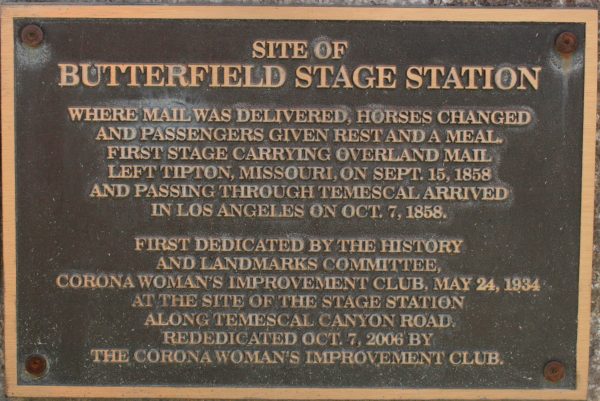
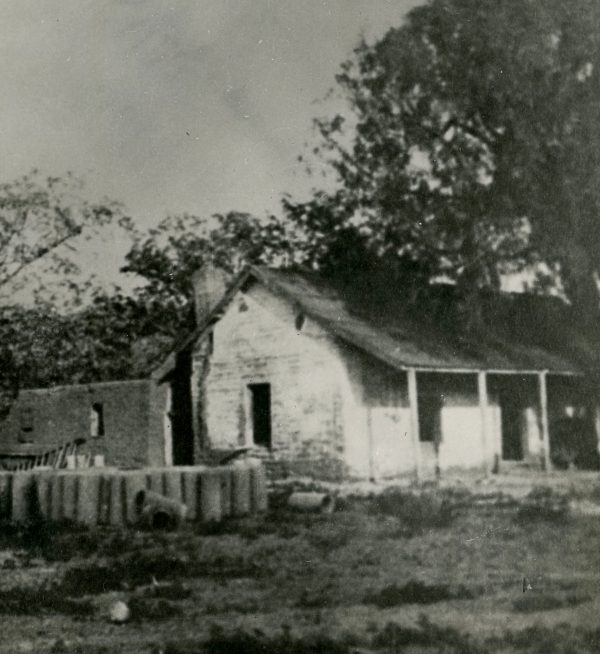
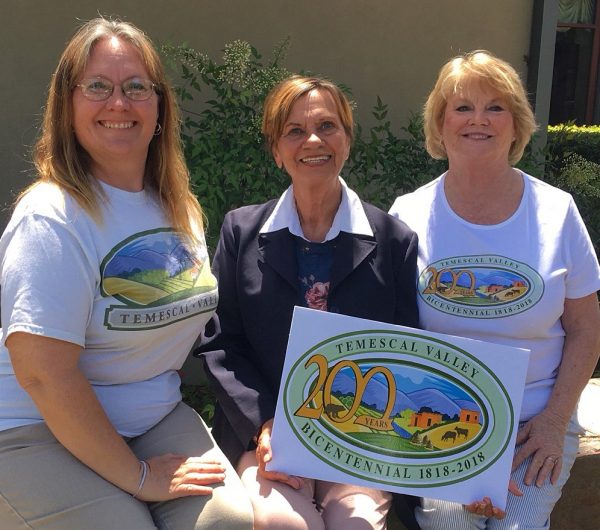 UNVEILING: From left, Tracy Davis, We Are Temescal Valley Identity Committee chairman; Jannlee Watson, Temescal Heritage Foundation board member, and Cathie Smith, Temescal Valley Community Faire Committee, unveil the new logo at the April Bicentennial Committee meeting.
UNVEILING: From left, Tracy Davis, We Are Temescal Valley Identity Committee chairman; Jannlee Watson, Temescal Heritage Foundation board member, and Cathie Smith, Temescal Valley Community Faire Committee, unveil the new logo at the April Bicentennial Committee meeting.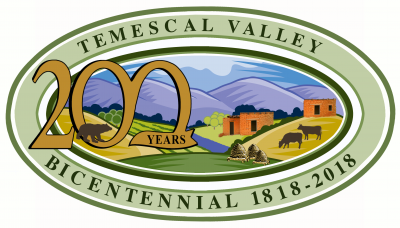
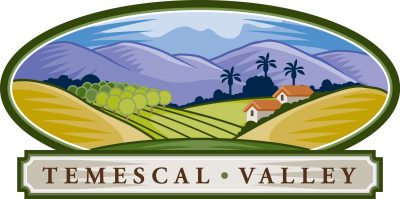 This spring, and as May’s Temescal Valley Community Faire was quickly approaching where the community’s 200th Birthday would be launched, the Bicentennial Committee still was in a quandry over the logo. Needed was artwork easily identifiable as Temescal Valley, but unique enough to say, “Hey look — something special is happening!”
This spring, and as May’s Temescal Valley Community Faire was quickly approaching where the community’s 200th Birthday would be launched, the Bicentennial Committee still was in a quandry over the logo. Needed was artwork easily identifiable as Temescal Valley, but unique enough to say, “Hey look — something special is happening!”